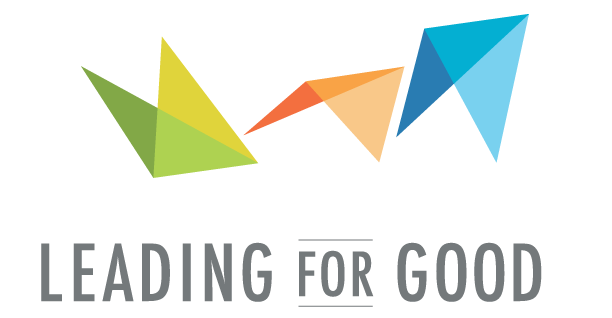From Outside In Coaching to Inside Out Coaching
One highlight for me this holiday season has been taking my 4.5 year old daughter ice-skating. New to the sport, she absolutely loves the feeling of gliding around the rink in ice skates; her innocent sense of wonder has refreshed my own appreciation and understanding of the sport.
As a coach and parent, it has also made reflective on the most effective ways to teach others a new skill. While guiding Brooke on the ice, I have found myself vacillating between wanting to let her just enjoy and learn experientially, and then alternatively, wanting to tell her all about the required stance, weight, movements all at one time. Soon, I realized, however, that neither my “experiential” or instructive approaches were working. I could not explain ice skating in a way that she could both understand intellectually and also carry out on her own.
All this internal tension and dialogue got me thinking about tennis and performance coach, Alan Fine, and his findings on coaching for performance. After years of teaching tennis to kids and adults, he realized that 90% of what he was doing was not making a difference in his students’ game and in some cases, was actually making them worse. This caused a fundamental paradigm shift in how he approached coaching. Below are just a few of his key tenets that inspired his Inside Out approach to coaching.
In most cases, it is not lack of knowledge that gets in the way of performance; it is our lack of ability to do what we know.
There is a significant gap between what we think we do and what we actually do.
By removing interference in our mental state, we can significantly increase our performance. (Interference might stem from our beliefs, our level of motivation and energy, and/or finally, from what we pay attention to in a given situation)
This third point above is particularly poignant for me. We often understand what we need to do intellectually, but it is our thoughts, beliefs, energy and/or attention, that get in the way. Good coaching is frequently about helping an individual to shift thoughts or focus in a way that clears the path for performance. For example, we might ask the struggling tennis player to just watch how the ball bounces as she looks to make contact. Instead of focusing internally on her beliefs about herself as a tennis player or breaking her natural backhand swing, she is in the present moment focusing on the movement of the ball, thereby allowing her body to do the necessary actions, intuitively and effortlessly. It is about peeling back the noise, to free up the individual to realize their true potential.

The formula for performance in Alan Fine’s approach goes like this:
Performance = Capacity – Interference
This is in contrast to traditional models for performance which go like this:
Performance = Capacity + Knowledge
So getting back to where I started, which is teaching Brooke to ice skate, I soon realized I was not the right person for the job. Instead, I turned to an ice skating instructor, of course! The first thing the instructor did, was to teach Brooke to fall safely. Sometimes, especially for young children, knowledge really is the necessary ingredient for success! And what skill could be more important in life than learning to fall and get back up again?
If you are interested to learn more on Alan’s inside out approach, check out his book, You Already Know How to Be Great or view this short video clip on the concepts discussed above.
